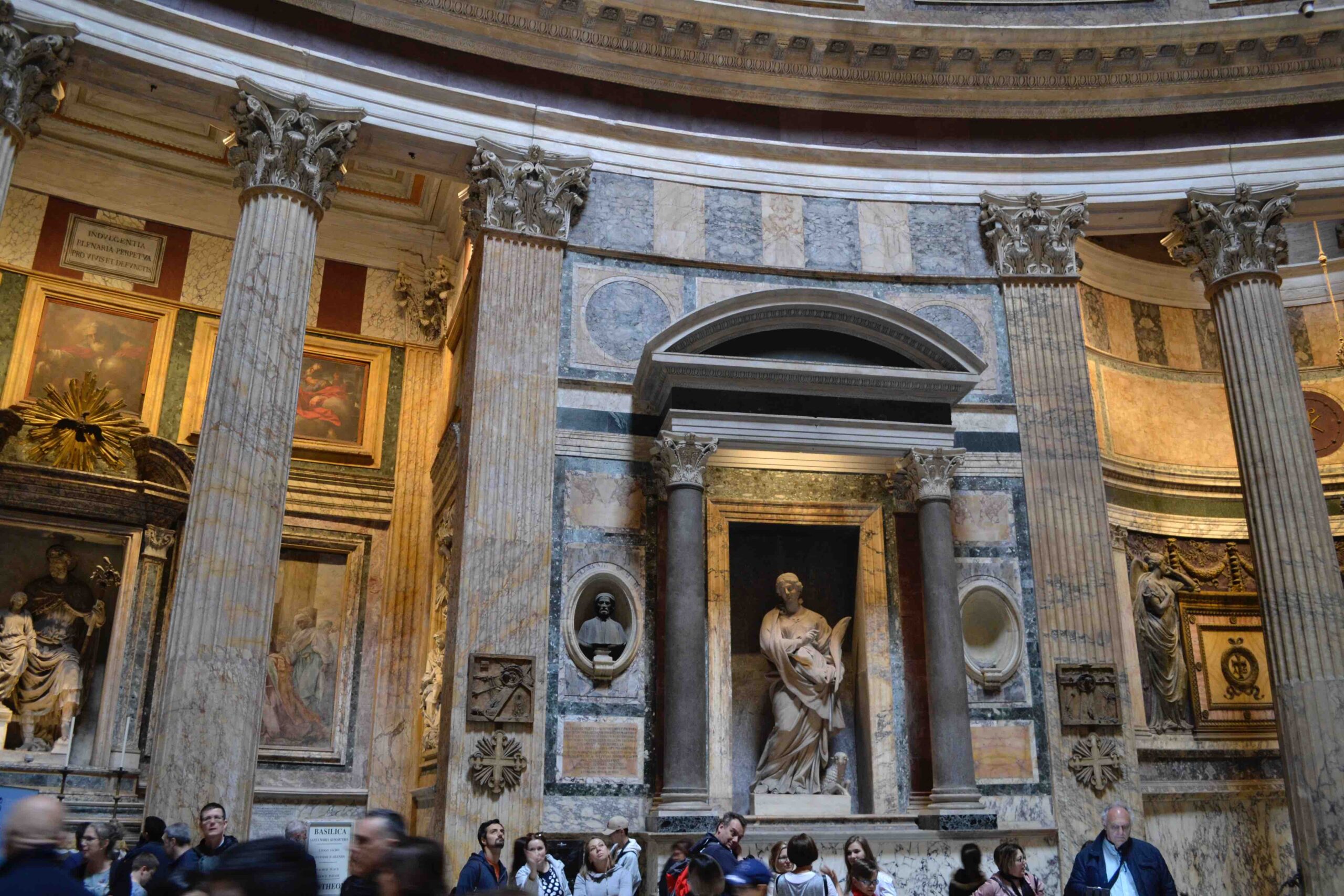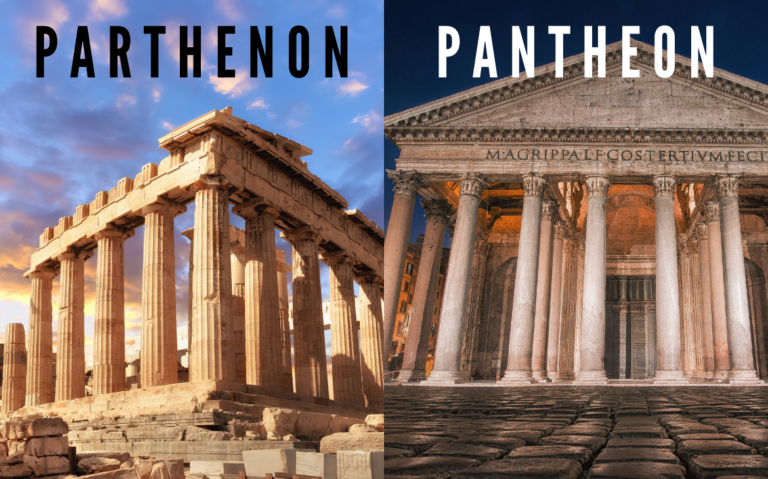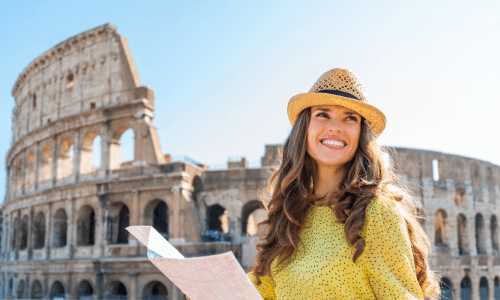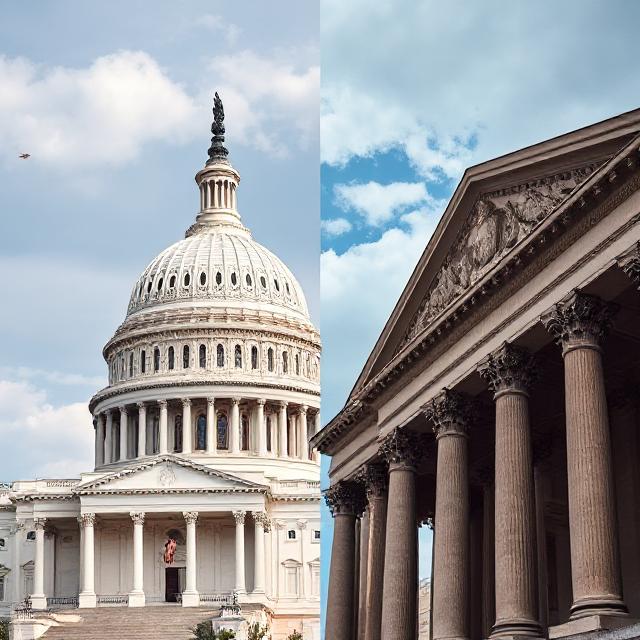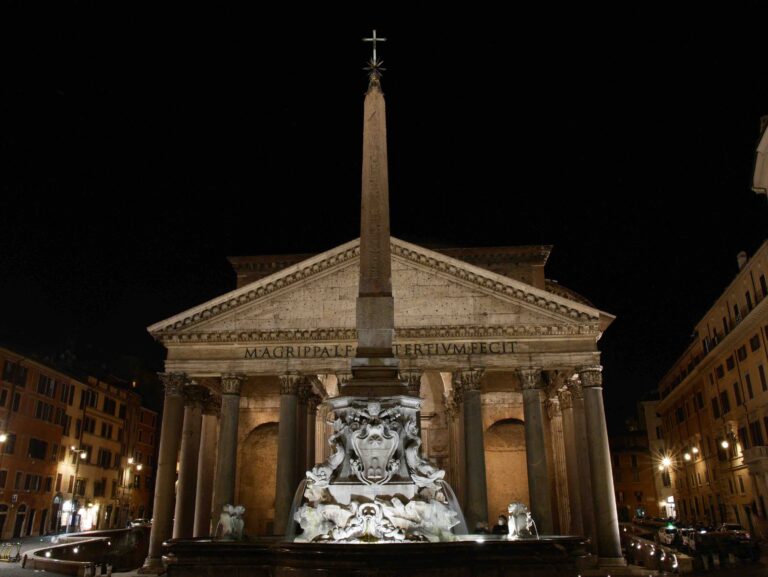Rome’s Pantheon, renowned for its architectural grandeur, is an emblem of the Eternal City’s time-worn yet still striking beauty. Its significance extends beyond its famed structural ingenuity to its role as a burial site for various prominent figures in Italian history. Today, we delve into the historical context of the Pantheon and highlight some of the illustrious individuals interred within its ancient walls.
Constructed around 126 AD by the emperor Hadrian, the Pantheon replaced an earlier version built by Marcus Agrippa, which had been destroyed in a fire. Its purpose was to serve as a temple for all Roman gods; however, it was converted into a Christian church in the 7th century, named Santa Maria ad Martyres. It was this pivotal event that initiated the Pantheon’s tradition as a burial site.
Table of Contents
ToggleNotable Burials
The Pantheon is the final resting place for notable Italian monarchs, artists, and architects. Among the first to be buried, there was the painter Raphael, who died in 1520. His burial in the Pantheon was a testament to his extraordinary talent and his significant contribution to the Italian Renaissance. His fiancée, Maria Bibbiena, is also buried close to him, although they never married due to her untimely death.
Raphael’s tomb, marked by an elegant epitaph by Pietro Bembo, praises his artistic genius, stating that while great Mother Nature feared defeat when she saw Raphael’s work, she feared a second disaster when he died. This sentiment vividly expresses the widespread recognition of Raphael’s unique and irreplaceable talent.
Next to Raphael rests Annibale Carracci, another eminent Italian painter. Despite being less renowned than his neighbor, Carracci played a substantial role in the development of Baroque style, and his burial in the Pantheon underscores his importance to Italian art history.
The Pantheon also serves as the resting place for two Italian kings: Vittorio Emanuele II and Umberto I, and Umberto’s Queen, Margherita. Vittorio Emanuele II, the first king of unified Italy, was entombed in the Pantheon in 1878. His son Umberto I and his wife, Queen Margherita, followed in the coming decades. Their presence highlights the Pantheon’s role as a monument to Italian unity and sovereignty.
Apart from these figures, the Pantheon also houses the tomb of the neoclassical architect Giovanni Battista Piranesi. Known for his intricate and imaginative etchings of Rome, Piranesi was a significant figure in the documentation and promotion of ancient Roman architecture during the 18th century.
In the early 20th century, the tradition of burying notable figures at the Pantheon was renewed with the interment of Guglielmo Marconi. A Nobel laureate, Marconi was an Italian inventor and electrical engineer, celebrated as the pioneer of long-distance radio transmission. His interment in the Pantheon acknowledges his global impact on communications and technology.
The Pantheon remains a vital link to Italy’s illustrious past, its occupants a testament to the country’s rich cultural, political, and scientific history. More than a mere burial site, it is a pantheon in the true sense of the word: a place of honor for all gods. In this context, ‘gods’ is an allusion to the great minds, the creators, the change-makers, and the custodians of Italian heritage.
Conclusion
The Pantheon stands today not just as a marvel of ancient engineering, but as a tribute to the extraordinary individuals who shaped Italy’s cultural and historical identity. Their resting place, within this marvel of Roman ingenuity, serves as a poignant reminder of Italy’s timeless grandeur and the individuals who have contributed to its enduring legacy.

